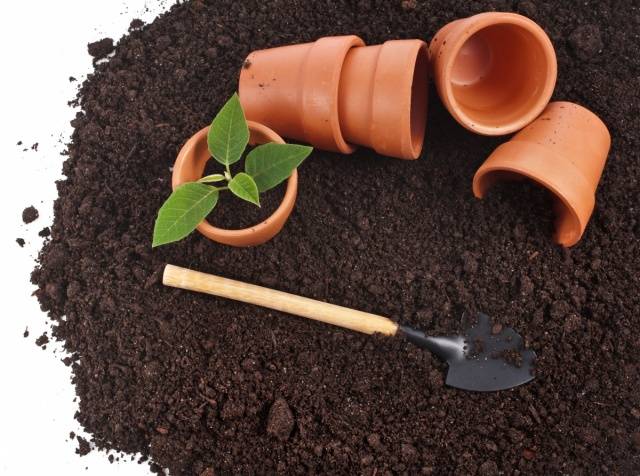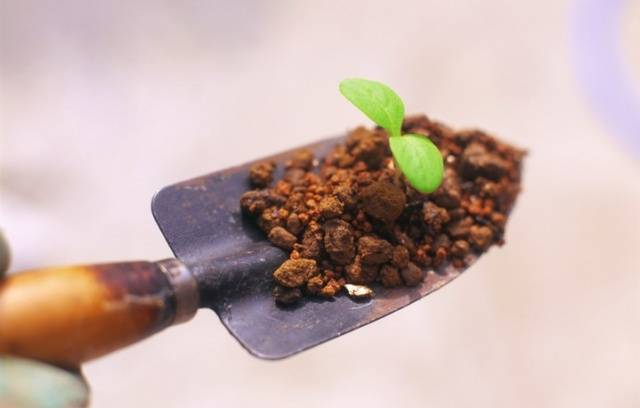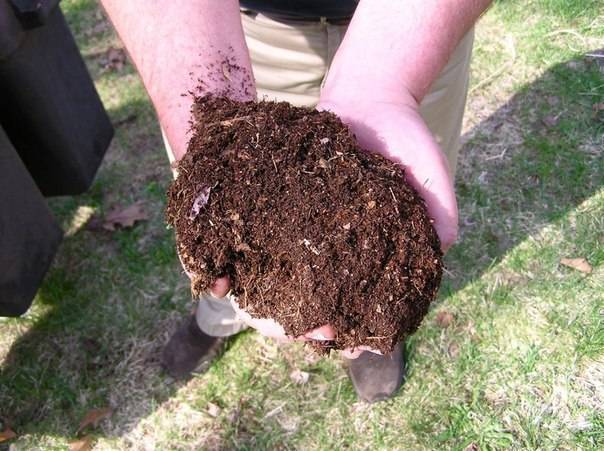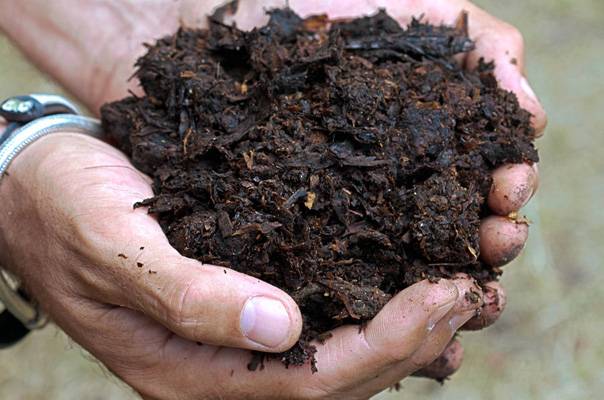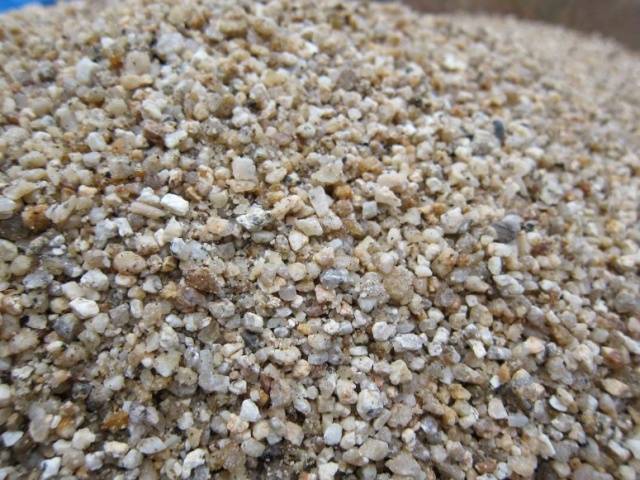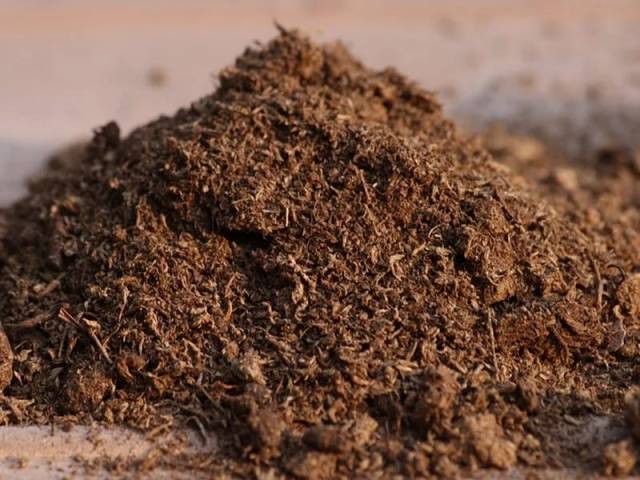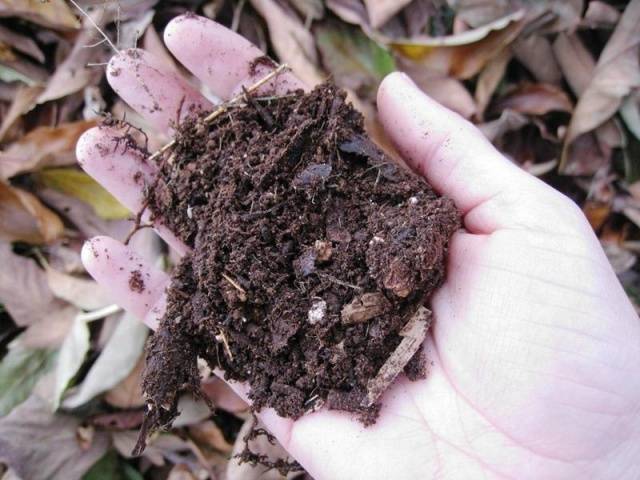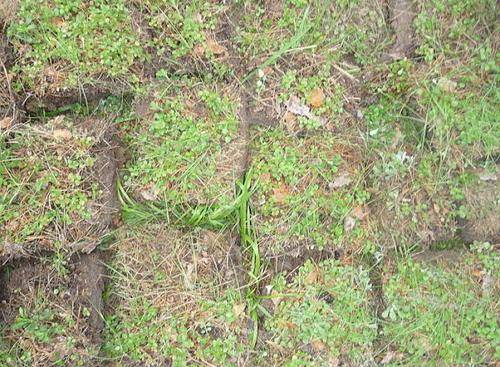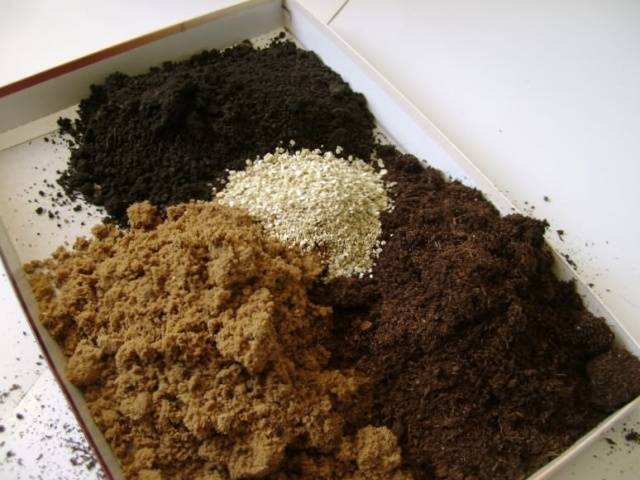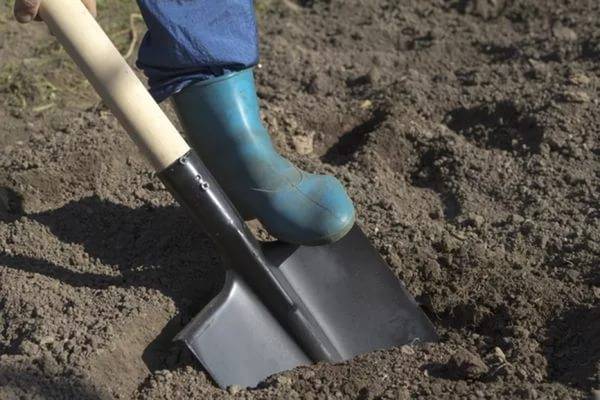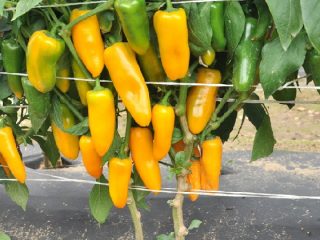Content
Peppers, both hot and sweet, belong to the Solanaceae family. This means that the root system in adults, and even more so in young plants, is rather delicate and sensitive. Therefore, to obtain strong and healthy seedlings, it is often not enough to properly organize watering and fertilize on time. If the seedling is not successful, many begin to look for mistakes in caring for plants, forgetting about the most important thing - about the earth. After all, poor and unsuitable soil can be the main cause of seedling diseases. In this article, we will talk about which soil is suitable for pepper, and which soil is better not to use.
Good soil - bad soil
The end of winter, smoothly flowing into the beginning of spring, is a period of revitalization in the life of gardeners. At this time, everyone begins to buy seeds and soil for seedlings. But in the store, picking up another package with universal soil, no one will think about whether such soil is suitable for pepper seedlings.
Let's look at what criteria good seedling soil should have:
- the structure of the soil should be light, loose and porous so that air and water can freely flow to the roots of plants;
- it should pass water well without forming a hard crust on the surface;
- organic matter must be present in it;
- potassium, phosphorus, iron and nitrogen must be included in the soil for seedlings;
- the acidity level of the soil for planting peppers should be neutral, from 5 to 7 pH. The high acidity of the earth will contribute to the appearance of diseases such as black leg and keel in seedlings.
Now consider which land is considered unsuitable for growing peppers for seedlings:
- the soil, which contains larvae, mushroom spores and eggs of all kinds of pests, definitely should not be used when planting peppers for seedlings;
- soil containing clay should be avoided;
- a completely peat substrate will not work either.
Now many manufacturers began to indicate the composition of the soil and its acidity on the packaging with the ground. Therefore, buying a ready-made mixture has become easier than mixing the necessary components at home. But if the purpose of planting peppers on seedlings is to get strong and healthy seedlings, then it is better to prepare the soil yourself.
Seedling soil components
All soil components for seedlings were selected for a reason. Each of them endows the land with special characteristics that improve its final composition. For seedlings of peppers, the following soil components are most often used:
- humus;
- leavening agents;
- peat;
- leafy land;
- turf.
Let's tell you more about each component.
Humus
Many gardeners and gardeners believe that humus and compost are the same thing. But in fact, these are completely different fertilizers.
Compost is an organic mass that consists of decomposed plant residues placed in boxes or compost heaps. In addition to various organic residues, a properly prepared compost includes:
- peat;
- phosphate rock;
- garden land.
Outwardly, compost is very similar to humus, but it can only be used as a substitute for it 2 years after it was laid.Fresh humus for seedlings of peppers or other crops should not be used.
But humus is the best organic fertilizer that is obtained from rotted manure. At the same time, high-quality humus will never smell like manure. The smell of spring earth or forest floor will come from it. Good humus ripens within 2–5 years and is suitable for absolutely all crops, fruit trees and even flowers.
Baking powder
Baking powder is needed in order to improve the porosity of the soil. Most often, coarse river sand is used for these purposes.
But in addition to it, other substances can be used, the loosening properties of which are combined with other useful qualities:
- sphagnum - due to its bactericidal properties, it protects the root system of seedlings from rot;
- sawdust - makes the soil lighter;
- perlite - reduces the likelihood of fungal diseases and helps to maintain optimal temperature conditions;
- vermiculite - retains moisture, preventing the soil from drying out.
To loosen the soil, you can choose any of the proposed substances, or you can give preference to coarse sand.
Peat
This substance is not only able to improve the structure of the soil, but also significantly enrich its composition. The soil, prepared with the addition of peat, will breathe well, as well as provide plants with valuable nitrogen for them. But not every peat can be used for peppers.
There are 3 types of peat in total:
- low-lying - the most nutritious;
- transition;
- superficial - with the highest acidity.
Taking into account the peculiarities of the root system of peppers, lowland and transitional peat should be chosen. If there is only surface peat on the hands, then before adding it to the soil mixture, it must be diluted with ash or lime.
Leaf land
As the name suggests, leafy ground is formed under trees from fallen and rotted leaves. Due to the large amount of nutrients, this land is also called leaf humus.
There are two ways to get leafy land:
- go to the forest and dig up the ground under the trees;
- cook it yourself.
Self-preparation of leafy soil practically does not differ from composting, both in technology and in time of readiness. The leaves collected under the trees are stacked in heaps, and layers of soil are laid between them. Periodically, such leaf heaps should be watered with water. Manure, urea and lime can be added to accelerate decomposition. It is possible to use leafy soil only after its complete decomposition. This usually takes 1–2 years.
Turf
Sod land is the topsoil. It contains a large number of useful nutrients that retain their properties for many years.
Sod land is of 3 types:
- heavy, which includes clay;
- medium, containing clay and sand;
- lightweight almost entirely composed of sand.
For the preparation of the potting mix, it is best to use medium to light turf soil. It is recommended to collect it in summer or autumn directly from the grass, as if cutting off the topsoil. Store in boxes until use.
Soil for seedlings of peppers
In order to prepare soil for peppers at home, it is necessary to prepare all the available components in the summer or autumn. To do this, they are placed in bags, bags or buckets and left to freeze for the winter.
The soil ingredients can be mixed following your intuition, or you can use standard recipes for pepper seedlings.
Soil recipes
The criterion for choosing a particular recipe is the presence of certain components.For pepper seedlings, there are 5 recipes for potting soil:
- Sand, humus, peat and earth in equal parts.
- Equal parts of soil, humus, turf and sand. Add a glass of ash for every 10 kg to the mixture.
- Low-lying peat and humus with the addition of superphosphate.
- Equal parts of peat and sand with the addition of two parts of turf.
- Equal parts of humus, turf and leafy land.
In each of the recipes discussed, you can use any baking powder available instead of sand.
Soil preparation
It is necessary to plant peppers for seedlings in the last decade of February or in the first decade of March. Therefore, a week before the expected landing, you can start preparing the land harvested from the fall. To do this, you need to defrost and disinfect it.
There are several ways to disinfect the ground:
- Etch with fungicidal and insecticidal preparations. This method should be used only when there are real doubts about the quality of the land. Such doubts may arise when substandard components or components taken from the forest are added to the soil mixture. When choosing this method of disinfection, one must remember the need to comply with the recommended dosage, as well as personal protective equipment.
- Steaming. Steaming time can vary from half an hour to several hours. After this steam treatment, the soil mixture must be stored in sealed bags or containers.
- Disinfection in the oven. In this case, the oven must be preheated to 50 degrees. Some gardeners use higher temperatures, but this will kill all beneficial microorganisms.
- Processing with a weak solution of potassium permanganate.
You can clearly see the process of disinfecting the ground by watching the video:
Disinfection of the soil can slightly worsen the nutrient composition of the soil, so it will be useful to additionally fertilize the soil. But even here you need to know when to stop. After all, a pepper planted in a soil oversaturated with fertilizers can start to hurt, or even die altogether. Therefore, before planting seeds for seedlings or replanting young plants, it is necessary to fertilize the ground with fertilizers based on potassium humate. Such fertilizers include "Baikal" and "Gumi".
Preparing the land in the garden
The soil for pepper seedlings is important not only during their growth at home, but also after they are transplanted to a permanent place. Therefore, the land in the beds must be prepared for planting seedlings.
The first thing to do is fertilize future beds a week before planting. Organic fertilizers are best suited for this, but mineral preparations can also be used.
It is worth bringing them in in advance, best of all during the autumn work. Before planting the peppers, you should not bring ash and lime into the ground.
After fertilizing the soil, you need to wait a few days and thoroughly shed all the beds prepared for the peppers. This will allow the fertilizer to be evenly distributed throughout the soil. Now it remains to wait a few more days and you can plant seedlings of peppers in a permanent place and wait for a bountiful harvest. After all, peppers grown in good, high-quality soil simply cannot but reciprocate the gardener and give him a rich harvest.
